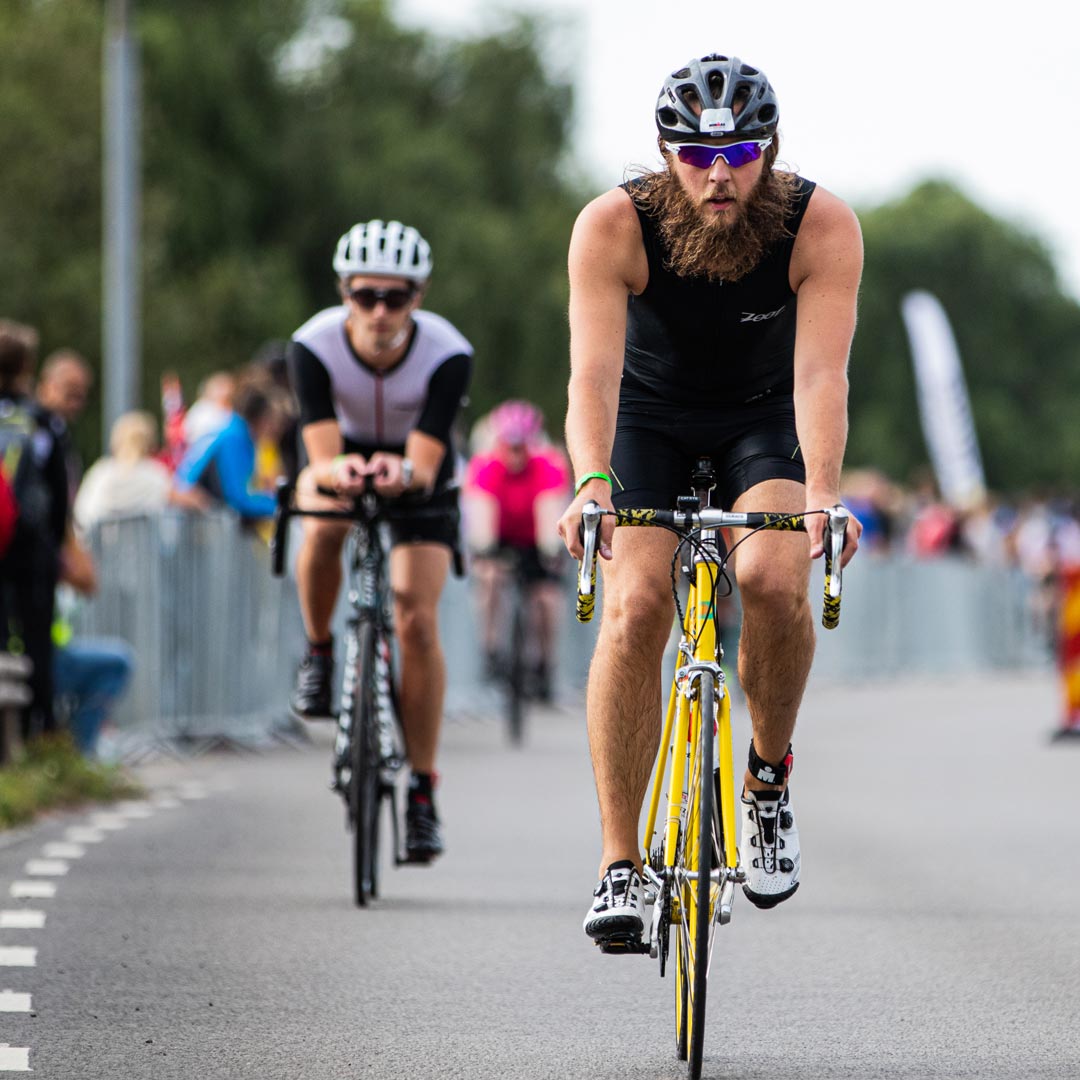
Introduction
Preparing for a sprint triathlon is no small feat. It requires dedication, training, and a strategic approach to ensure peak performance on race day. One crucial aspect of triathlon preparation is tapering, a process that involves reducing training intensity and volume leading up to the event. In this article, we’ll delve into the art of tapering specifically for the bike stage of a sprint triathlon.
Understanding Tapering
Tapering is a well-established concept in endurance sports, including triathlons. The goal of tapering is to allow your body to recover from the rigors of training while maintaining fitness and performance levels. For sprint triathlons, where every second counts, effective tapering can make a significant difference in your race performance.
Duration of Taper
The duration of the tapering period can vary depending on individual fitness levels and the specific race distance. However, a common tapering period for a sprint triathlon bike stage is typically around one to two weeks. This timeframe allows for a gradual reduction in training intensity while ensuring that your body remains primed for race day.
Reducing Volume and Intensity
During the tapering phase, the focus shifts from high-volume training sessions to shorter, more intense workouts. This adjustment helps prevent fatigue and allows for better recovery. For the bike stage of a sprint triathlon, you may reduce your total weekly mileage while incorporating interval training and tempo rides to maintain race-specific fitness.
Maintaining Race-Specific Skills
While tapering involves a reduction in overall training volume, it’s crucial to maintain race-specific skills and techniques. This includes practicing transitions between swim to bike and bike to run, fine-tuning your bike handling skills, and familiarizing yourself with the race course if possible. By staying sharp in these areas, you’ll be better prepared for the demands of race day.
Nutrition and Hydration
Proper nutrition and hydration play a vital role during the tapering phase. As training volume decreases, your calorie and fluid needs may also slightly decrease. However, it’s essential to maintain a balanced diet with adequate carbohydrates for energy and protein for muscle recovery. Hydration should also remain a priority, especially as race day approaches.
Rest and Recovery
One of the key principles of tapering is prioritizing rest and recovery. This includes getting adequate sleep each night, incorporating active recovery activities such as yoga or light stretching, and listening to your body’s cues. Avoid the temptation to squeeze in extra training sessions during the tapering period, as this can lead to fatigue and hinder performance.
Mental Preparation
Tapering isn’t just about physical recovery; it’s also an opportunity to mentally prepare for the race ahead. Visualizing successful race scenarios, practicing positive self-talk, and managing pre-race nerves are all essential aspects of mental preparation. Use the tapering period to cultivate a confident and focused mindset for race day.
Final Adjustments
In the days leading up to the sprint triathlon bike stage, make any final adjustments to your equipment, nutrition plan, and race strategy. Check your bike for proper maintenance, review the race logistics, and ensure you have everything you need for a smooth race experience. Trust in your preparation and embrace the excitement of race day.
Conclusion
Tapering is a critical component of sprint triathlon preparation, particularly for the bike stage. By understanding the principles of tapering, reducing training volume and intensity, maintaining race-specific skills, prioritizing nutrition and hydration, emphasizing rest and recovery, mentally preparing, and making final adjustments, you can optimize your performance and maximize your potential on race day. Read more about triathlon bike distance



